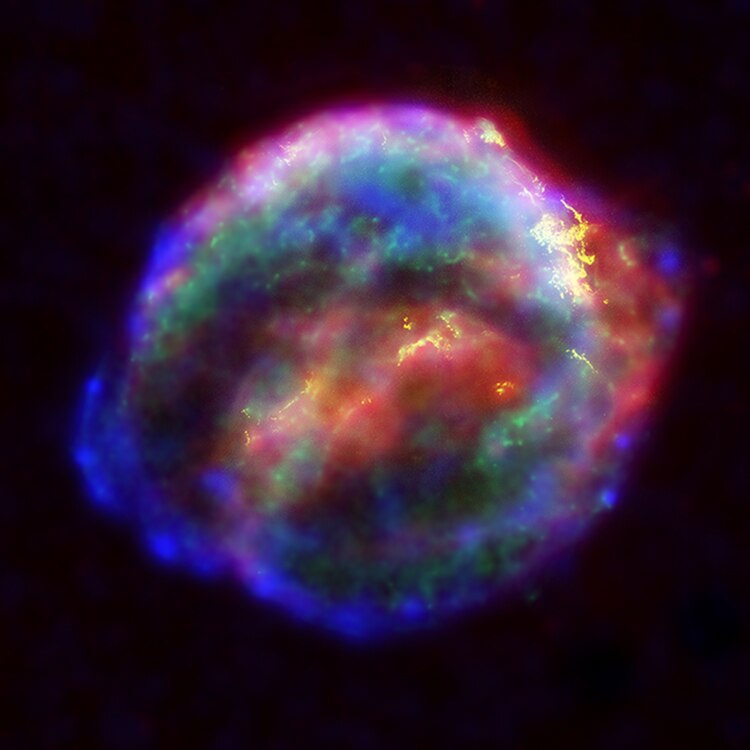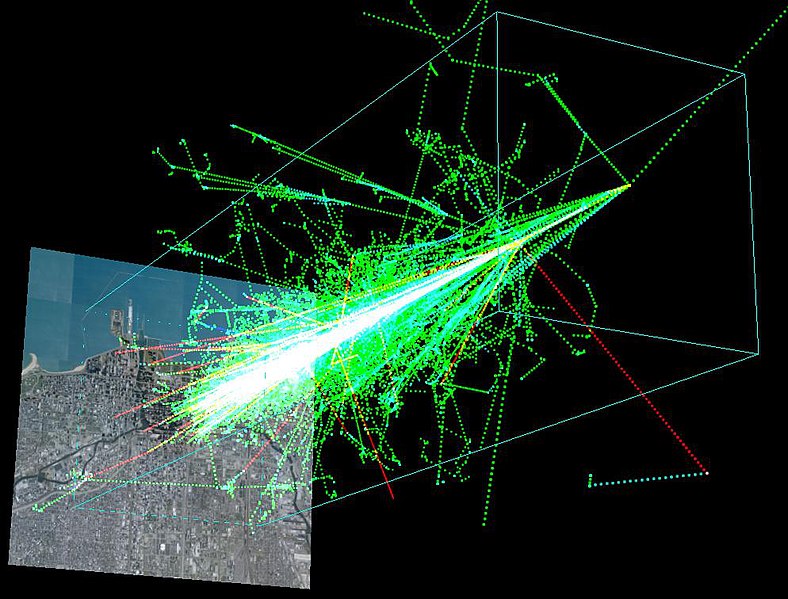Finding the next big mineral deposit is a dream of many geologists past, present and future. However, in the past hundred years or so, many of them close to surface have already been found and developed. This is because they can be found relatively inexpensively by traditional methods such as geochemical surveys, shallow geophysics, drilling, and a lot of luck. In the 21st century, mineral exploration is focussing on methods to find deeply buried mineral deposits, ones that can lie almost 800m beneath the surface!
To develop new methods for finding such deposits, I travelled up to northern Saskatchewan, Canada, to the Athabasca Basin, which is home to the world’s highest grade uranium deposits. As part of my M.Sc. thesis at the University of Ottawa, I completed surficial geochemistry surveys above two different uranium (U) deposits – one (Phoenix) of which is “unconformity-related”, which means it lies between the Paleoproterozoic Basin and underlying Proterozoic basement rocks at 400 m depth below the surface. The other (Millennium) is a “basement-hosted” deposit, which means it lies entirely in these basement rocks at nearly 750 m depth. When I say surficial survey, I mean taking materials from the surface or near-surface environment – soils, tills, water, gas, and sandstone, and testing them with various geochemical methods to see if we can detect signatures possibly related to the U deposits beneath (fieldwork photo, Figure 1). For soils, sandstones & tills, we used total and partial digestion with various acids to leach out what is considered the “mobile” trace metal fraction that may have migrated from an ore deposit to the soil. For water, we looked at trace metals and also tritium, a known decay product of U. For gases, we looked for dissolved gas (helium) in water-filled drill holes, as this is also a known decay product of U and its daughter products.

Fig. 1: Here I am sampling above the Phoenix uranium deposit in September 2011, holding an auger with the various soil horizons we collected for sampling.
At the Phoenix survey site in 2011 & again in 2012, we discovered distinct metal anomalies in soil, till and sandstone (both humus, the organic-rich top fraction you might find in your local forest, and in B-horizon, the rich, brown soil a foot or so deeper) for U – but also Pb, Ni, Cu, Co, Mo, W, and Ag in these media (see Fig. 2a & 2b). Many of these elements are what are considered “pathfinder” metals for U, so will be enriched in the deposit itself or behave in a similar geochemical manner. Geochemical anomalies (high values) only exist when compared to background values that are low, whether a background station, or the mean + 2 σ (standard deviations) of each metal population, so any we considered had to meet this threshold. We found these anomalies directly above the deposit itself, and also above the location of a major ore-hosting fault, using a “transect” sampling method, or taking samples in a line across a targer. This allowed us to survey across the surface trace of the deposit perpendicular to the direction of the last major ice flow event, so this would not affect our results, or “smear” metals occurrences down-ice.

Fig. 2a: Contoured geochemical results for U in aqua regia digestion of humus soil samples from 2011-2012 and partial leach of the uppermost sandstones of the Manitou Falls Formation. The sandstone map showing interpolated U abundance from partial leach in were used as an independent base on which the soil transect results from aqua regia digestion were plotted. The surface traces of Zones A and B1 are also outlined for reference.

Fig 2b: Detailed 2012 humus soil sampling near the 2011 site (PHX028, furthest left on graph) that showed the highest U value. The results, (samples PHX231-237 & background measurement in 2012) confirm the reproducibility of anomalous U observed last year.
Based on the results we obtained at Phoenix, we decided to see if we could detect any anomalies in these materials that might be related to Millennium- the much deeper deposit. Using leaches on the humus and B-horizon soils, we were also able to see anomalies of U, Pb, Ni and Cu, which was encouraging, as these occurred over the deposit, and also over the surface projection of the ore-hosting fault, which was interpreted to come to surface based on a 3D seismic geophysics survey. Even more exciting, at this site, however, is that we obtained values of 4He (the main isotope of He) that were more than 700 times atmosphere in drill holes intersecting the deposit (Fig. 3)! (Ed Note: 4He is a product of uranium decay – the alpha particles that Uranium emits as it decays are, in fact, 4He nuclei. Therefore, an anomalously high 4He value is a good indicator of nearby Uranium decay.) It was important that in drill holes that weren’t near the deposit, we did observe atmosphere values, as to have a good measurement of background. Having anomalies in trace metals in the soils was one thing, but now we observed gas anomalies in water in the same locations. This led us to conclude that there was a high possible of redistribution and upward migration of U ore related metals and decay products from the deposit at depth.

Fig 3: Ratios of 4He/36Ar in the sample and 4He/36Ar in the calculated value for air-saturated water (ASW) vs. the inverse value of the abundance of 4He in each sample. Three samples (MLN G05-07) display extremely radiogenic values of 4He, while the typical atmosphere value is plotted (as a 4He/36Ar ratio of 1). The radiogenic 4He observed could possibly be sourced from the U deposit at depth
Now that we had our hypothesis of upward migration of metals (Phoenix) and both metals & gases (Millennium), could we guess if these processes are happening in modern times, or happened long ago? When we look at lead isotopes in humus at Phoenix, we observed that they show what is know as a common lead signature – which means lead not related to radiogenic, or radioactive, lead associated with active uranium decay. Therefore, we assume that this system is closed and metals have not migrated in many thousands (or millions) of years. At Millennium, however, we observe radiogenic He levels in modern-day groundwaters above the deposit, suggesting these products are actively migrating away from the deposit. So some deposits are closed at present day, and some are open. It just depends how you look at them!
That the geochemistry of surficial materials can be used to explore for deeply buried mineral deposits is a powerful idea, and much work still needs to be done depending on the deposit type and surficial environment being explored in. It is cheaper compared to geophysics and radiometrics, and can be completed with a relatively smaller crew of just a few people. And just like other techniques, it isn’t always going to find the next big deposit, but can be another useful instrument in the explorationist’s toolbox.

Michael Power is an MSc student in exploration geochemistry at the University of Ottawa in Ottawa, Canada. He did his undergraduate degree at Memorial University in Newfoundland, Canada. Michael has worked in a range of mineral and petroleum exploration related positions during and after his undergrad, from the oil sands of Alberta to the gold districts and offshore oil fields in Newfoundland. His MSc research is trying to better understand how geochemistry of surface materials can detect deeply buried U deposits. Tweets as @mikeyp22

















